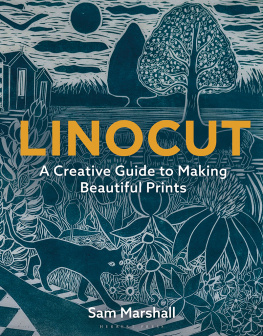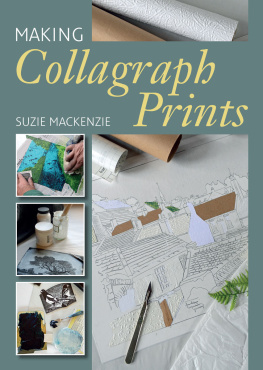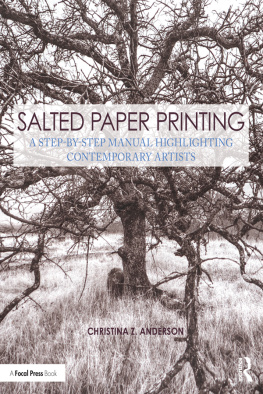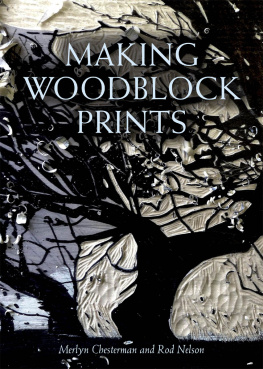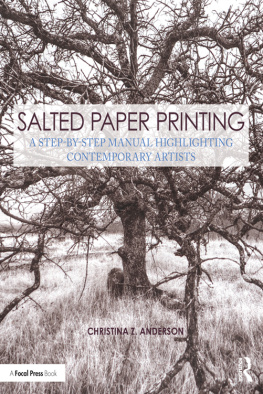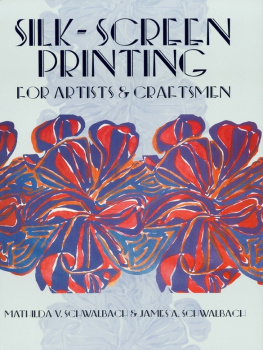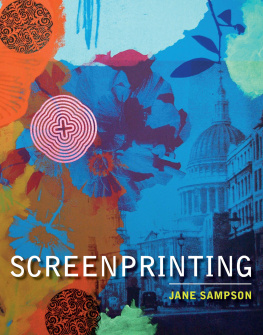
fine art
screenprinting
Maggie Jennings

First published in 2015 by
The Crowood Press Ltd
Ramsbury, Marlborough
Wiltshire SN8 2HR
www.crowood.com
This e-book published 2015
Maggie Jennings 2015
All rights reserved. No part of this publication may be reproduced or transmitted in any form or by any means, electronic or mechanical, including photocopy, recording, or any information storage and retrieval system, without permission in writing from the publishers.
British Library Cataloguing-in-Publication Data
A catalogue record for this book is available from the British Library.
ISBN 978 1 84797 982 7
Frontispiece: Streaked Tulip on Pale Yellow
Acknowledgements
Thanks to Andrew Warrington for photographing almost all of the book (the photos of the processes and many of the artist examples). Id also like to thank him for his help and generosity. Thanks also to the Heatherley School of Fine Art for kindly allowing the use of their premises and equipment; to Jeanette Barnes and Fabienne Khial for their contribution and help in ; and to all the contributing artists: Ian Bailey, Sophie Barr, Nicky Basford, Lynne Blackburn, Martin Burrough, Jaques Cader, Paul Clark, Marie Coccolatus, Jane Gray, Nicola Green, Chika Ito, Niall Kirk, Kathryn Maxwell, Stephen Mumberson, Paul Munden, Penny Mundy, Christina Niederberger, Celia Normand, Sarah Riley, Ian Scaife, Jane Stothert, Esther Sunyer Parellada, Judith Symons, Andrew Warrington and Jairo Zaldua. James. C. Gray was the photographer for Jane Grays Morocco1 and Morocco2. Philip Gibbs was the printer for Christina Niederbergers Chandelier. Gigi Giannella was the photographer and Katsura Isobe as the performer depicted in the imagery of Jairo Zaldua and Nicola Green.
CONTENTS

Maggie Jennings,White Poppy. Rich and vibrant colours with spontaneous free gestural marks.
CHAPTER 1

AN INTRODUCTION TO FINE ART SCREENPRINTING
In this book you will be introduced to the fine art and language of screenprinting. You will be advised how to develop your ideas through this new medium, exploring, with informative illustrations, the many and various ways of creating your print. Printing on paper with water-based inks, you will be guided step by step through the technical processes; having the pitfalls pointed out so you avoid stumbling into them.
The processes described to create your print include:
making screenprints with photo-sensitive emulsion in an equipped print room
making prints from paper stencils
using direct methods of applying ink to the screen including monoprinting
full guidance on screenprinting kits for use at home; this also refers to textile home printing.

The author with two flower prints. Screenprinting is mostly about colour. It allows you to produce large areas of vibrant colour. These works are 112cm x 71cm.
THE LUMINOSITY OF COLOUR
Screenprinting is mostly about colour. It allows you to produce large areas of vibrant colour. Pushing ink through a mesh allows only the thinnest layer of colour to be deposited on the paper. This gives a glorious luminosity. The white of the paper glows through, ensuring colour values remain bright, clean and rich. The print forms a satisfying bond with the paper.
Once the ink is printed, it dries quickly and will not smudge or merge with subsequent layers, giving a clean exact image. Prints seem to have a sense of authority and completeness.
The first photograph here shows the author with some of her work. This demonstrates how screenprinting is a great medium for producing strong, rich colour fields on a large scale. These works are 112cm x 71cm.
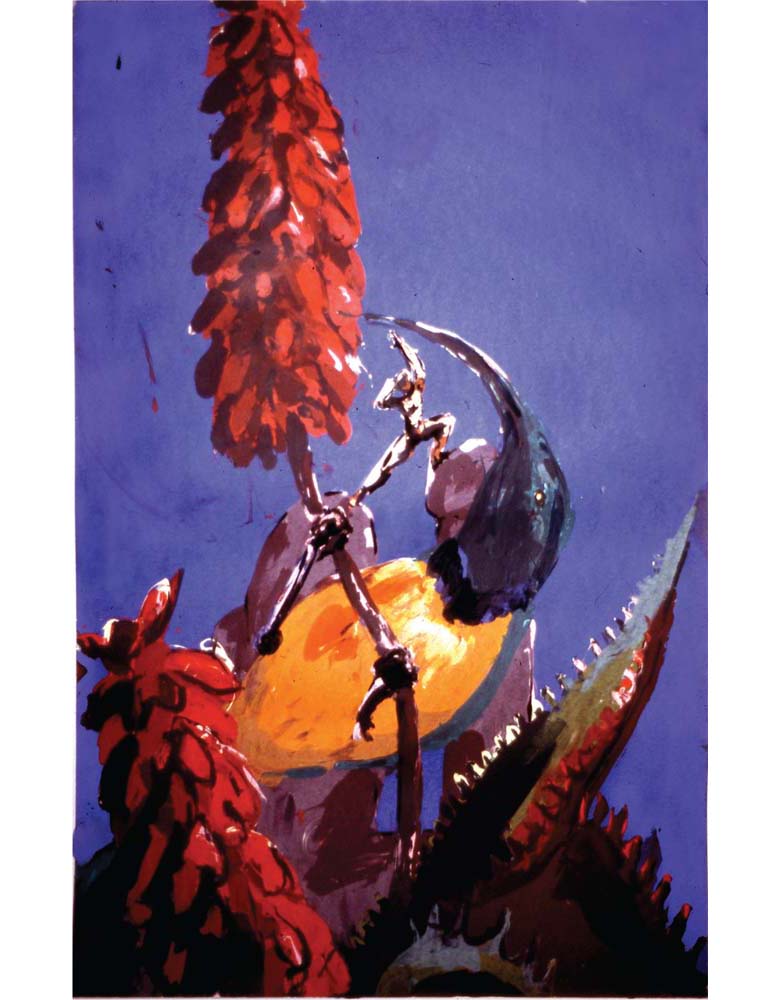
Sunbird Sips. In this large image 112cm x71cm, the colours are rich and vibrant.
In SunbirdSips, the colours are mixed to their full intensity and demonstrate the vibrancy of the screen inks.
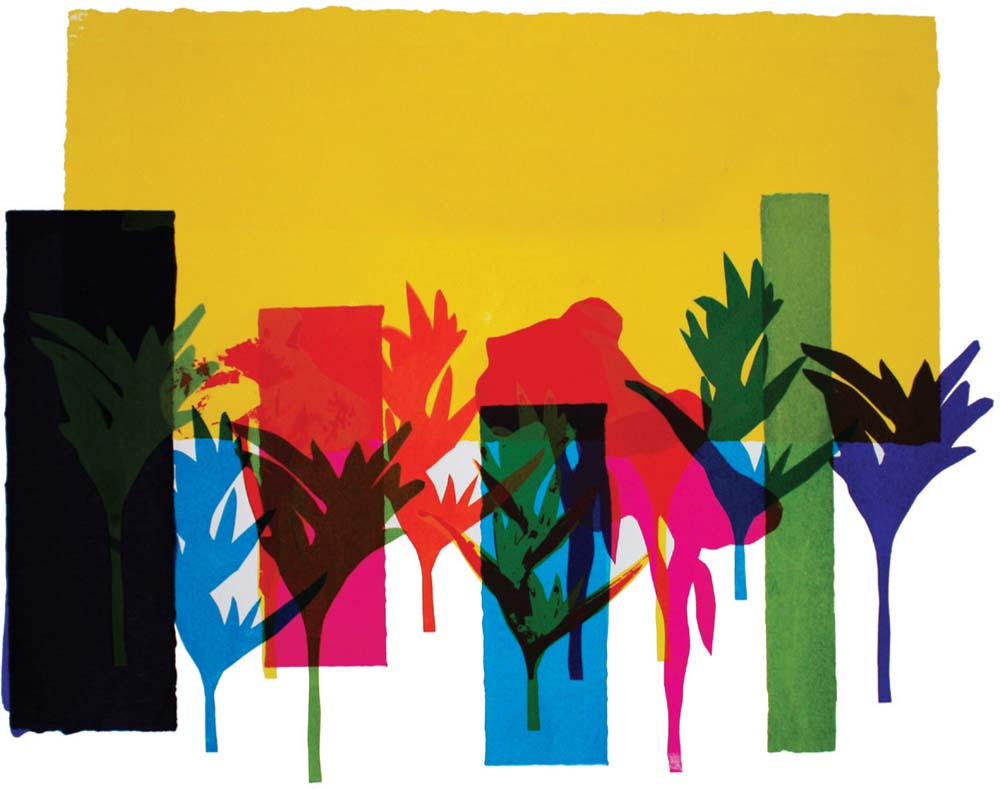
All these colours sing. Jane Gray,Morocco 2.
In Jane Greys Morocco 2, the rich colours of translucent screenprinting inks are over-printed to create more variation and richness. Screenprinting allows you to use the same stencil over and over again in different places to create the design.
Printmaking techniques can seem mysterious and complicated. There are a series of steps that have to be taken which may involve quite complex mental processes, and decisions to be made that often seem to rely on hope and faith rather than exact certainty. But, after all the calculations and labour, all printmakers will recognize the exquisite magic of seeing their work emerge, maybe not quite as imagined, but satisfying, beautiful and complete.

After all the preparation, seeing the finished screenprint is so satisfying. Kathryn Maxwell,Diamonds Make Me Smile.
Kathryn Maxwells Diamonds Make Me Smile encapsulates the playful side of screenprinting. Using blocks of coloured shapes and also drawn lines, negative and positive shapes create a captivating and engaging print.
Next page

